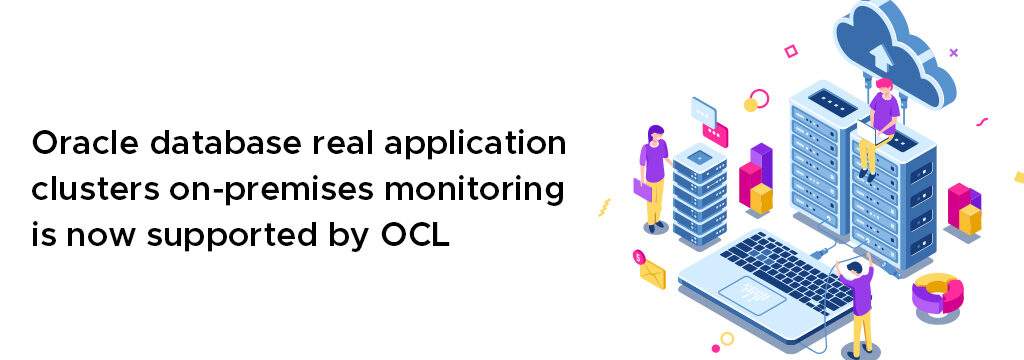An Oracle database is a collection or amalgamation of data that come together to become a unit of data. Like fractions of data that form a body of an actionable database.
A database’s primary utility is information management, especially with dual-door and multi-user platforms where more than one user is accessing the same data.
Think of this as cells that exist for nothing, but suddenly become action-oriented body parts when they come together for a purpose.
The Oracle database was the first of its kind, as it was built for enterprise grid computing, which is the most economical and convenient way to manage data and data platforms.
More than just creating a reliable and efficient database, it is also built to provide utmost security and facilitate privacy for the data in question.
Any compromise in data security and loopholes with the end-point data infrastructure like an enterprise application can make the unit vulnerable to a data breach, casting hefty competition on behalf of the company.
The Oracle real application cluster is a pool of databases that further facilitates horizontal scalability, availability, and efficiency. What makes it so efficient is its flexibility. A user can start with a very compact or small-scale framework and start adding to it (scale it) as the workload increases. Oracle also introduced DRF (Database Reliability Framework), which monitors the resources and ensures that actions are being taken on them to reduce the reconciliation time as much as possible.
What is OCL and why are the ‘Oracle Enthusiasts’ talking about it (too much)?
OCL stands for Oracle Call Interface. It is a set of low-level application programming interface calls that are used to interact with the Oracle Database – there is no simpler way to define it. Written in C or C++, it allows users to run operations like Logan, Execute, Parse, etc. (They can be written in almost every language whatsoever)
This stands apart from Oracle’s precompilers like Pro*c and Pro*cobol, which are precompiled.
Increased efficiency
OCL is arguably better than Pro*c as it not only accelerates performance it also reduces the code size. OCL is especially efficient when it comes to user accessibility because it gives direct access to built-in functions without any intermediate files or substitution. This is also why it is a little difficult to write and maintain – only a few people can do it.
Easier and more efficient migration
OCL makes it a lot easier to migrate critical enterprise workloads. Enterprise applications are usually extremely difficult to move to the cloud because of their vertical machine model. This usually creates constraints and limits an application’s performance and availability, especially without modifying them, which often comes with consequences and complexities.
Moreover, OCI was designed specifically with key cloud technologies that can specifically address an enterprise’s application requirements.
Ideal to develop native apps
OCL also makes a wholesome environment to develop native applications. With interfaces and automation, machine learning, and API management systems make enterprise applications more resilient and scalable.
Supports hybrid cloud strategies
Oracle provides a variety of deployment options for users. Oracle is also interconnected with Microsoft Azure, to maintain low-latency and unified identity. Customers who are at various stages for cloud adoption are equally benefited by OC. Whether they have decided on a cloud provider or if they are still navigating through the process of cloud adoption, they can transform their business and modernize it with the number of hybrid choices that OCL provides.
Unparalleled and default security
Anything that goes on the cloud is instantly under the possible threat of a data breach or cyber attack. Traditionally with public clouds, the apps are usually built, and only when they have matured in terms of functionality do they get bolted with security features. But with OCL, security is incorporated within the applications during the developmental stage or the migration process. Moreover, these security tools are free of cost as Oracle considers security to be a part of the application’s body.
Oracle database application is now supported by OCL bringing in great news for enterprises looking for affordable and reliable scalability and cloud solutions.


